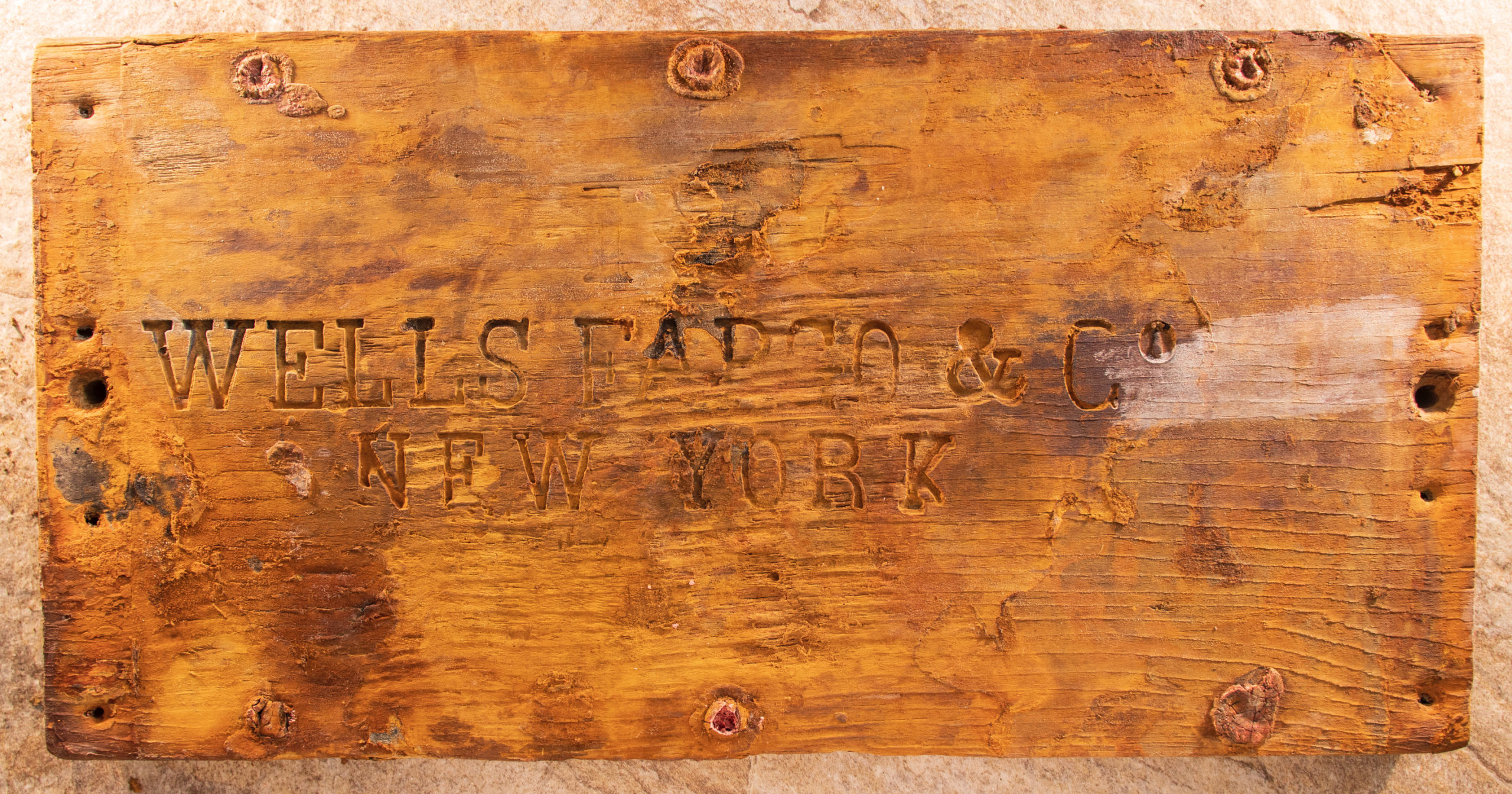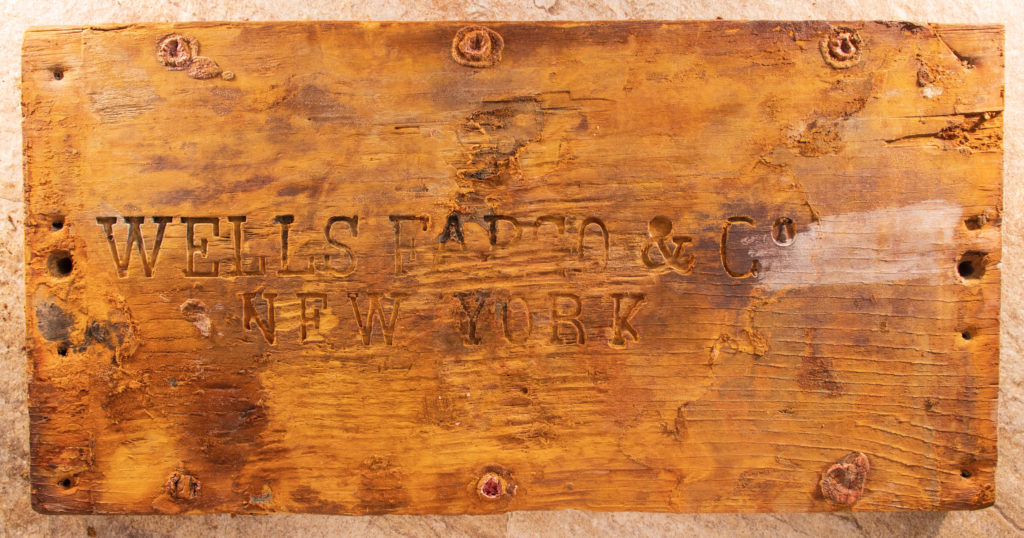(Rosemont, Illinois) — After a century and a half on the ocean floor and then decades in secure storage, dozens of historic California Gold Rush-era sunken treasure artifacts from the 1857 sinking of the fabled “Ship of Gold,” the S.S. Central America, will be displayed at the 2022 Chicago World’s Fair of Money® (www.WorldsFairofMoney.com). The exhibit is jointly hosted by California Gold Marketing Group and Holabird Western Americana Collections at booth #1926.
Visitors will also see the first public display of the 12,000-pound, remotely operated vehicle nicknamed “Nemo” that was used by scientists and engineers to locate and recover the SS Central America treasures deep on the Atlantic Ocean seabed four decades ago. The six-ton submersible has been stored in an Ohio warehouse since 1991 and will be transported to the convention.
“Among the notable, recovered items that will be exhibited are a unique lid to the remnants of the oldest known Wells Fargo treasure shipment box; a pair of the oldest known San Francisco Gold Rush canvas jeans with a button fly that may have been made by Levi Strauss in his early years in business; and jewelry made from California Gold Rush ‘mother lode’ native gold in quartz as gemstones,” said exhibitor Fred Holabird, president Holabird Western Americana Collections, LLC (www.HolabirdAmericana.com) of Reno, Nevada.
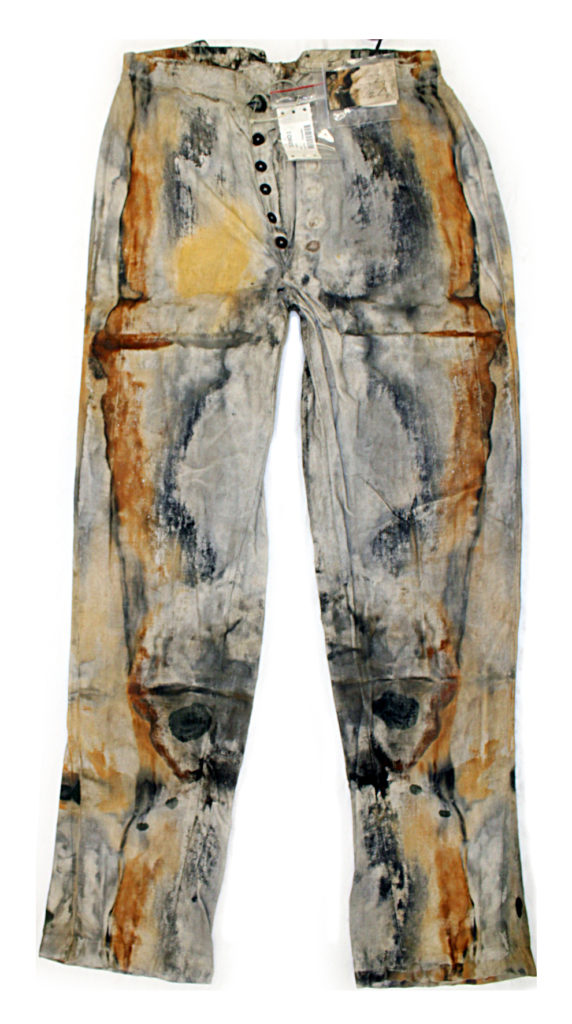
Insured for $1 million for this display, the jeans were discovered in a trunk belonging to passenger John Dement who survived the tragic sinking.
The S.S. Central America sank 7,200 feet deep in the Atlantic Ocean off the North Carolina coast during a hurricane on September 12, 1857. She was on a voyage from Panama to New York carrying tons of California Gold Rush coins, ingots, and gold dust from the San Francisco and Northern California area. The tragedy took the lives of 425 of the ship’s 578 passengers and crew members, and the loss of the gold cargo was a major factor in the economically devastating financial panic of 1857 in the United States.
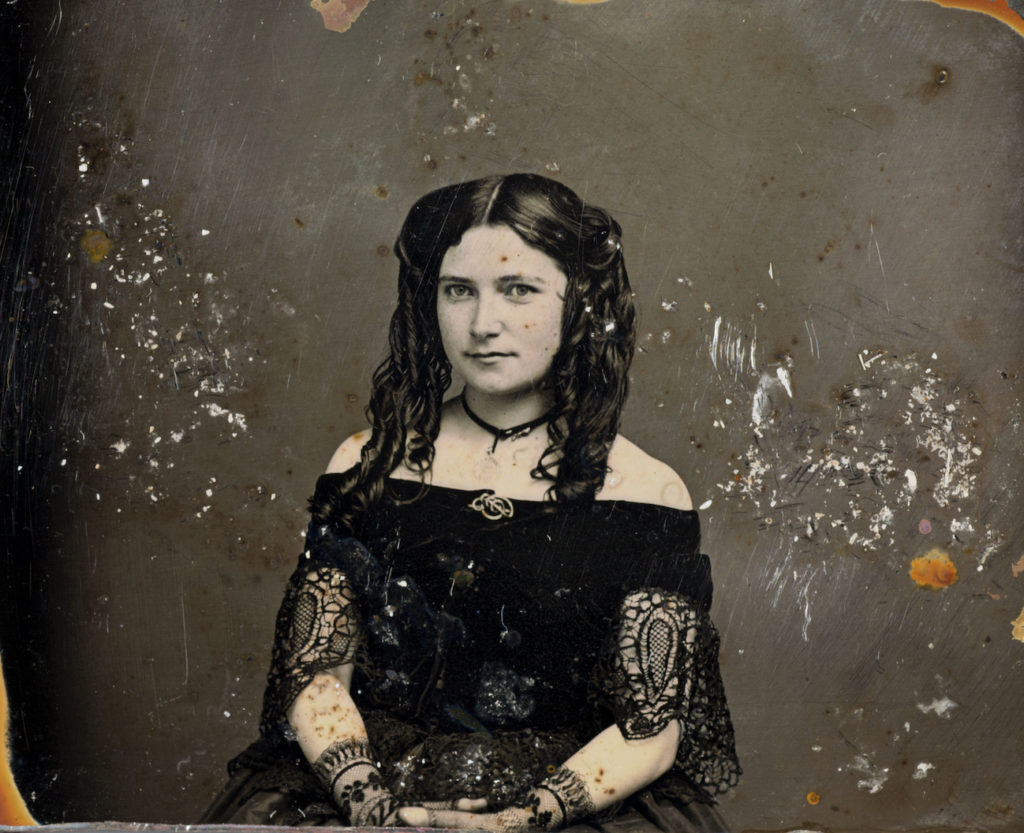
Also in the display is a 19th-century daguerreotype metal plate photograph of an unidentified young woman that the scientific mission recovery team nicknamed, “Mona Lisa of the Deep,” after retrieving the photo in 2014 from the seabed where it was discovered in a scattered pile of the ship’s coal.
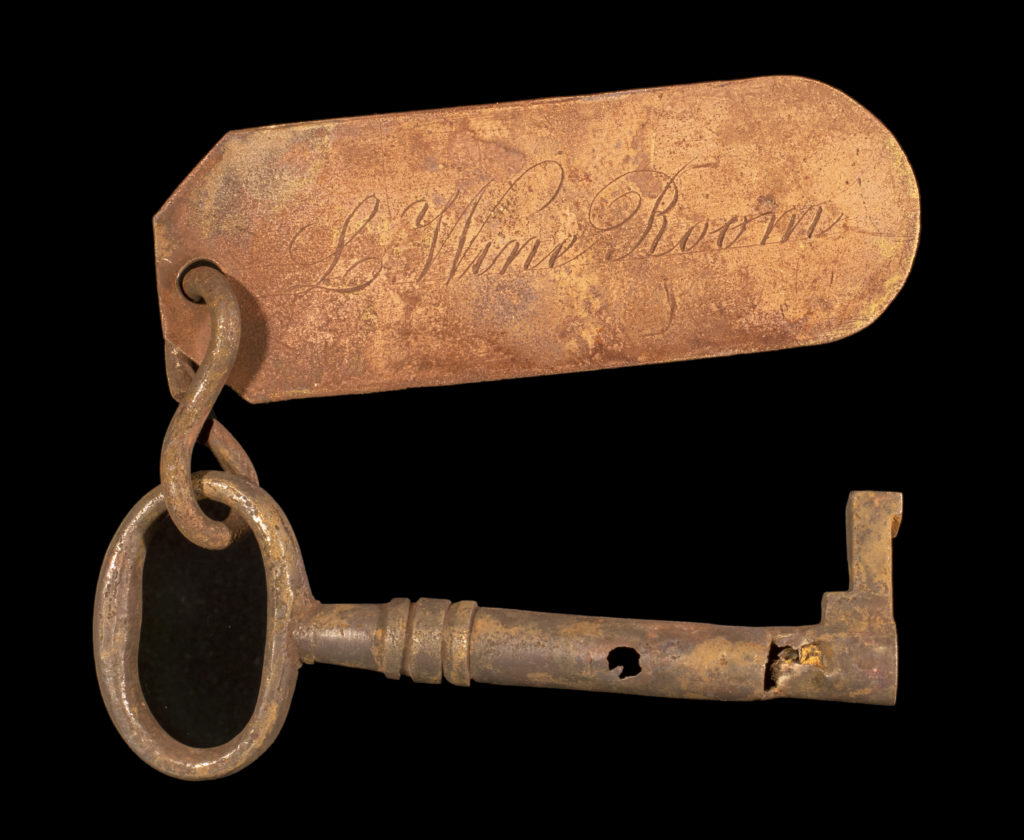
The exhibit also includes the Central America brass name tag attached to a set of keys that belonged to the ship’s purser, Edward W. Hull.
“Because these keys are larger than the type usually used for passengers’ rooms, we think these purser’s keys were for the locked room where the gold treasure cargo was kept on the ship,” said Holabird.
“These incredible artifacts that were kept in secure storage in three different states since the 1980s are now giving us a glimpse of daily life for passengers and crew in the 1850s. They are a time capsule from the California Gold Rush,” said Dwight Manley, Managing Partner of the California Gold Marketing Group of Brea, California which owns the recovered items.
These items are among nearly 1,000 recovered artifacts from the Central America that Manley and his group consigned to Holabird for auctions planned for later this year.
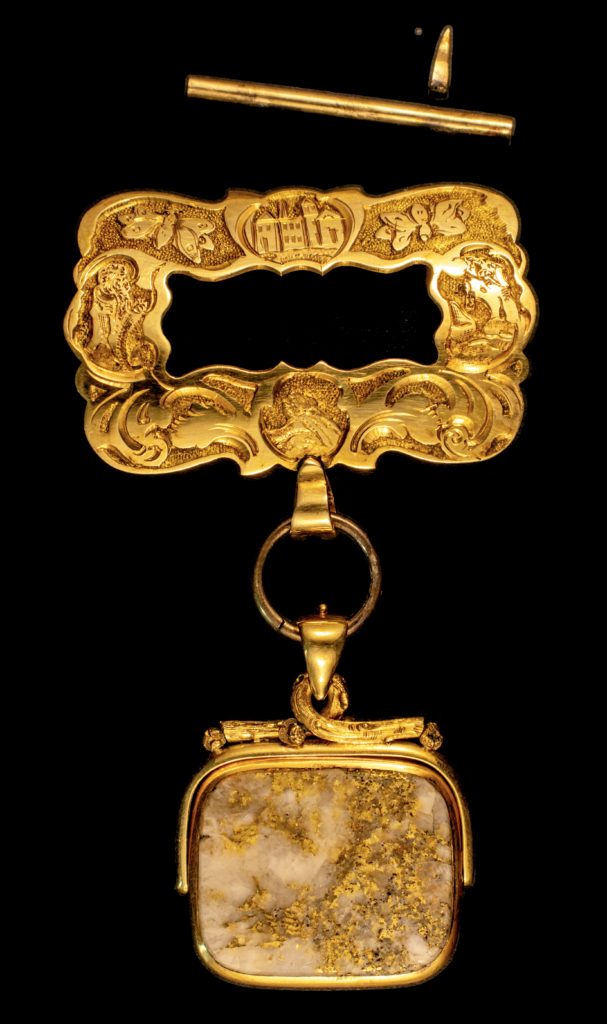

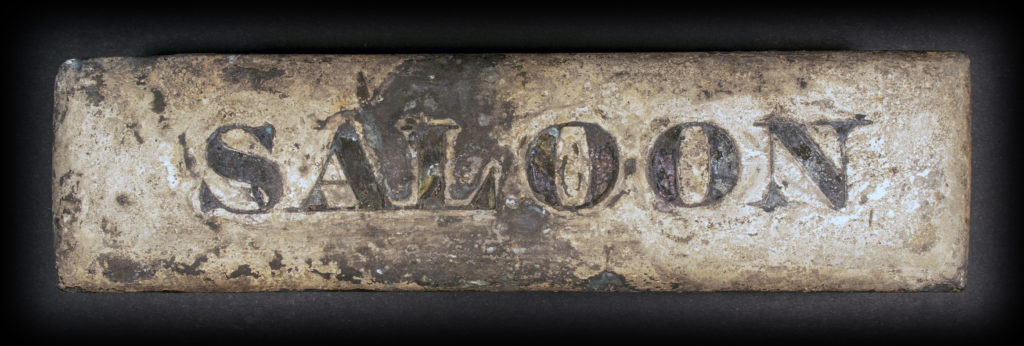
Recovery from the undersea site of what has been described as “America’s greatest treasure” occurred in several stages between 1988-1991 and again in 2014. Thousands of retrieved gold coins and hundreds of gold bars have been sold since 2000; however, these latest items were kept in storage in three different states, Maryland, Massachusetts, and Ohio, until a court-approved settlement was reached ending a decades-long ownership dispute.
“Seemingly ordinary items from the passengers and crew today give us extraordinary insight into the everyday lives of the people who traveled on the steamship,” said scientist Bob Evans who was on each of the recovery missions. Conducted by the American Numismatic Association (www.money.org), the 2022 Chicago World’s Fair of Money (www.WorldsFairofMoney.com) will be held August 16-20 at Donald E. Stephens Convention Center, Hall F, 5555 N. River Rd., in Rosemont, Illinois.
